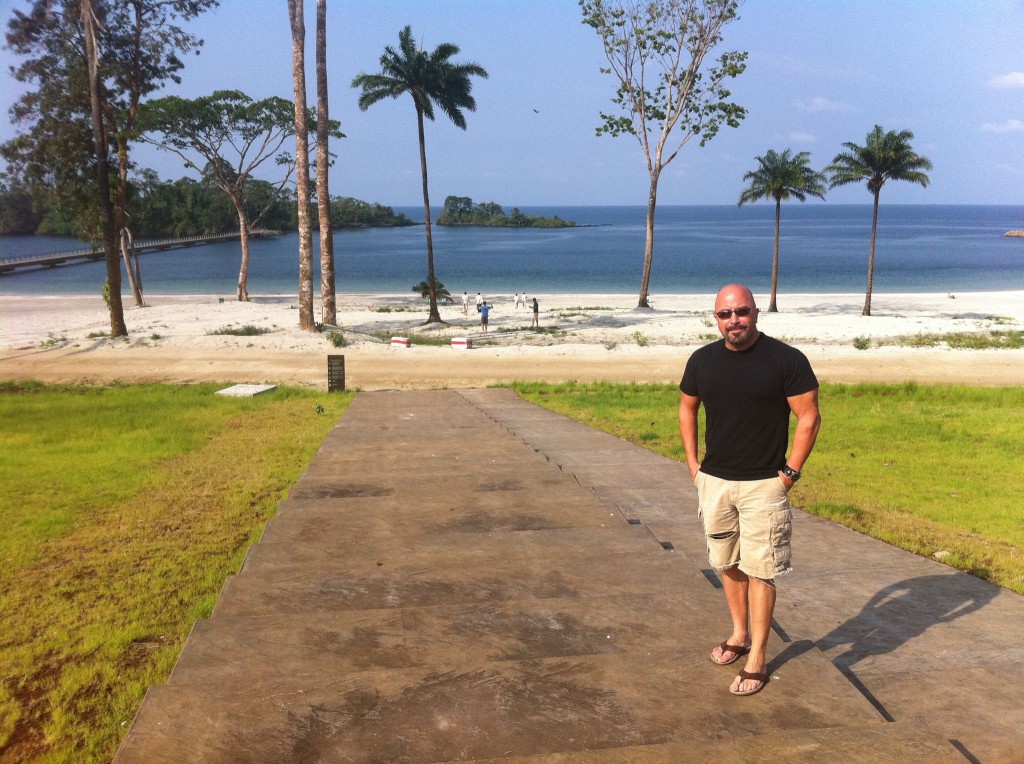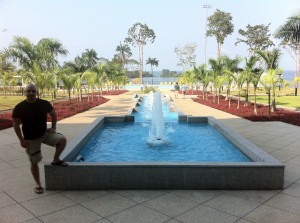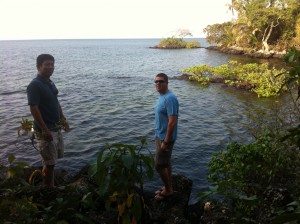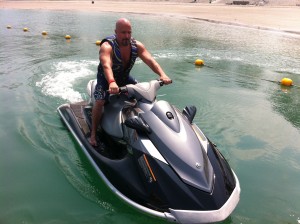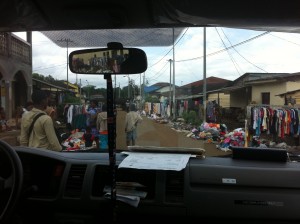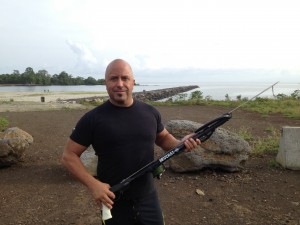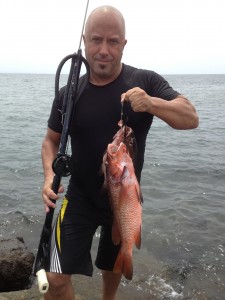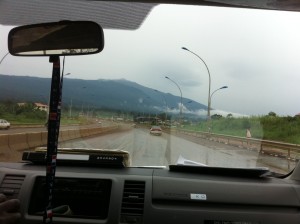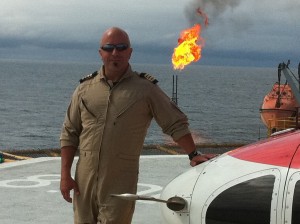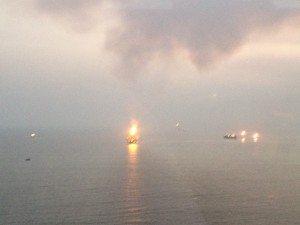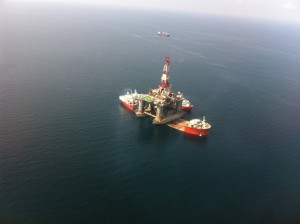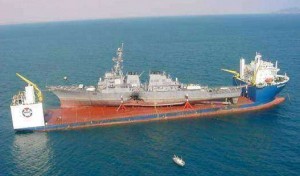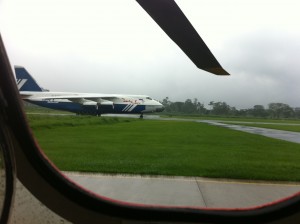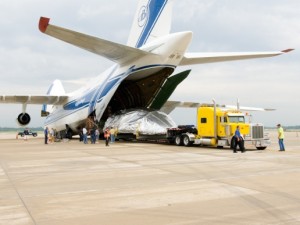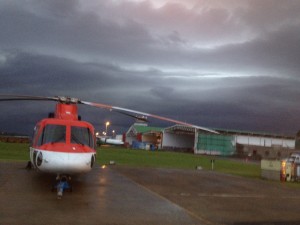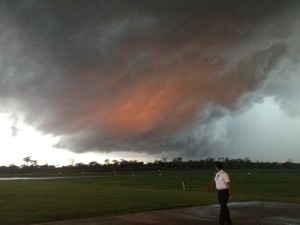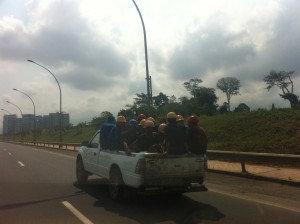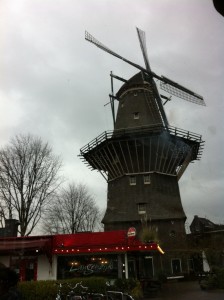A Day in the Life – Africa Part 3
This installment of the Day in the Life – Africa series picks up where Part 2 ended. Come along as my colleagues and I immerse ourselves in Malabo’s culture. As I did in the previous parts, this story combines several African experiences into one day.
Having finished spear fishing outside the Sofitel Resort’s beach perimeter jetty, we decide to visit the resort. When crashing a resort you’re not paying to stay at, one must act as if one belongs. Don’t ask stupid questions. Walk around as if you own the place. Additionally, patronizing the resort’s various businesses tends to dissuade nosey busybodies from challenging the validity of your presence.
Employing this knowledge, we walked straight through the lobby into the resort’s inner sanctum. Knowing nothing screams ‘I don’t belong’ louder than a lost and confused face, I scanned my peripheral vision for the appropriate ocean-side exit. Not turning my head, (and with Mission Impossible’s iconic theme song driving me inexorably onward) I spot my quarry, and make a casual course correction. Passing through the exit, we find ourselves in a beautifully landscaped series of fountains and falls that lead to the pool and beach beyond.
On the left, or west side, of the resort’s quarter-mile section of the mile long beach, a modern foot bridge spans a few hundred feet of clear blue water to a small tropical island centered in the lagoon. A dense native jungle covers the rocky islet. Told it features a short nature trail we decide to do some exploring.
 Crossing the footbridge, we step onto the rocky island. Greeted by a microcosm of the local (and hopefully tame) flora and fauna, we explore the trails, finding giant trees and colorful wildlife that would look at home on James Cameron’s fictional planet Pandora in the movie Avatar.
Crossing the footbridge, we step onto the rocky island. Greeted by a microcosm of the local (and hopefully tame) flora and fauna, we explore the trails, finding giant trees and colorful wildlife that would look at home on James Cameron’s fictional planet Pandora in the movie Avatar.
Feet sore, and tired of fighting off malarial mosquitos, we cross back to the beach. After a ‘cooling’ dip in the warm water we spread towels on the coral sand and try to relax and enjoy the thermonuclear equatorial sun.
While my colleagues seem content to cycle in and out of the water, I feel a more energetic activity tugging at my conscience. Half a mile beyond the bridge, farther west on the same beach on which we’re slowly baking, I’ve spied a Jet Ski or personal watercraft (PWC), sitting idle on a floating dock.
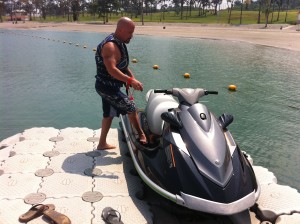 Standing facing west, and employing my best Arnold impersonation, I say, “I’ll be back.”
Standing facing west, and employing my best Arnold impersonation, I say, “I’ll be back.”
Walking west, I cross several ice-cold springs bubbling up through the sand. Stepping through their ocean-bound streams, I find the day’s first cool respite.
Finally reaching the floating dock, I inquire about renting the PWC. After a bit of negotiating we settle on a fair price. Since I’m restricted to the relatively small patch of lagoon bracketed by the beach, the footbridge to the east, and the western jetty, I decide to limit the rental to fifteen minutes. Pointing at a military gunboat visible in the open ocean and framed by the gap formed by the islet on the right and the western jetty on the left, the proprietor informs me I’ll have to deal with them if I go beyond the gap.
My wish to retreat into a mirage of western civility evaporates into the ether.
F#%k it.
Mounting the Yamaha Waverunner, I spend the next quarter-hour putting the PWC through its paces, doing my utmost to extract every penny from my investment. Fifteen minutes of flat spins, tail stands, and nose tucks later, I see the proprietor beckoning. After a high-speed pass, which may or may not have spayed him, I pull it onto the PWC’s specially formed section on the plastic floating dock, in spite of his telling me he has to do that. “I Got This!” Not my first rodeo.
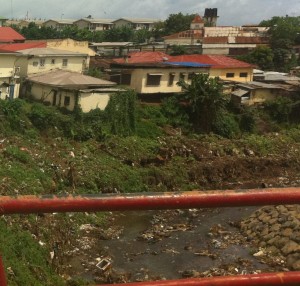 Deciding to call it a day, we pile into the Toyota Hilux and begin working our way through town. Here are a couple of pics taken along the way.
Deciding to call it a day, we pile into the Toyota Hilux and begin working our way through town. Here are a couple of pics taken along the way.
Hin, our Thai helicopter mechanic, is cooking tonight. We should arrive with enough time to cleanup before its dinnertime. In the meantime, we need to stop for groceries.
Hmmm, third world grocery shopping … sounds like the next part of the series.


